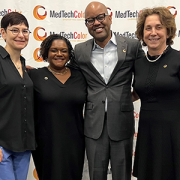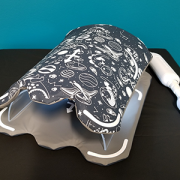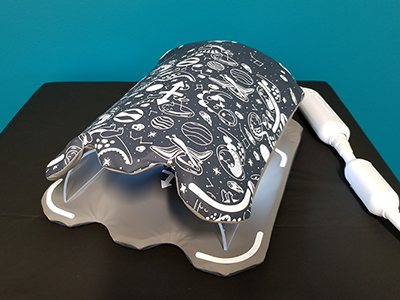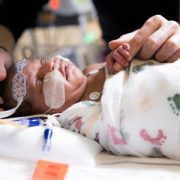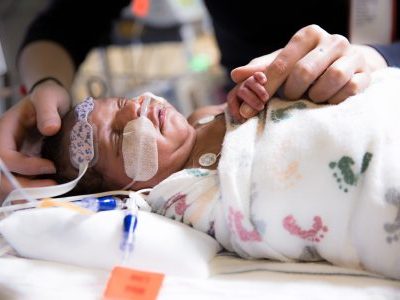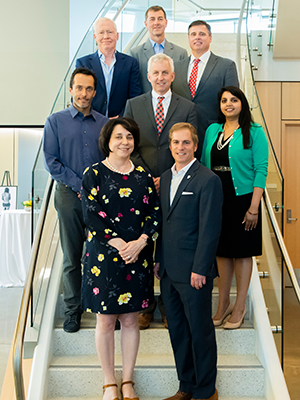Children’s National awarded nearly $7.5 million by FDA to lead pediatric device innovation consortium
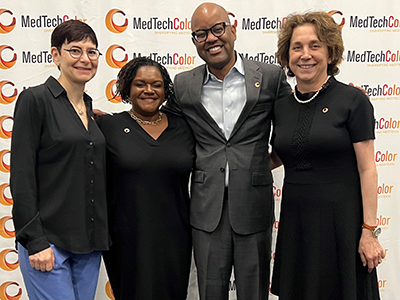 Children’s National Hospital was awarded nearly $7.5 million in a five-year grant to continue its leadership of an FDA-funded pediatric device consortium. Building upon a decade of previous consortium leadership, the new consortium is Alliance for Pediatric Device Innovation (APDI) and features a new and expanded roster of partners that reflects its added focus on providing pediatric innovators with expert support on evidence generation, including the use of real-world evidence (RWE), for pediatric device development.
Children’s National Hospital was awarded nearly $7.5 million in a five-year grant to continue its leadership of an FDA-funded pediatric device consortium. Building upon a decade of previous consortium leadership, the new consortium is Alliance for Pediatric Device Innovation (APDI) and features a new and expanded roster of partners that reflects its added focus on providing pediatric innovators with expert support on evidence generation, including the use of real-world evidence (RWE), for pediatric device development.
Collaborating for success
With the goal of helping more pediatric medical devices complete the journey to commercialization, APDI is led by Children’s National, with Kolaleh Eskandanian, Ph.D., M.B.A., vice president and chief innovation officer, serving as program director and principal investigator, and Julia Finkel, M.D., pediatric anesthesiologist and director of Pain Medicine Research and Development in the Sheikh Zayed Institute for Pediatric Surgical Innovation, serving as principal investigator.
Consortium members include Johns Hopkins University, CIMIT at Mass General Brigham, Tufts Medical Center, Medstar Health Research Institute and MedTech Color. Publicly traded OrthoPediatrics Corp., which exclusively focuses on advancing pediatric orthopedics, is serving as APDI’s strategic advisor and role model for device innovators whose primary focus is children.
Why we’re excited
Consortium initiatives got underway quickly with the announcement of a special MedTech Color edition of the “Make Your Medical Device Pitch for Kids!”™ competition that focuses on African American and Hispanic innovators. Interested innovators can find details and apply at MedTech Color Pitch Competition. The competition was announced at the recent MedTech Color networking breakfast on Oct. 10,2023 at The MedTech Conference powered by AdvaMed.
“We all benefit from greater equity and inclusion among pediatric MedTech founders, decision-makers, investigators and developers in more effectively addressing the needs of the entire pediatric population,” said Eskandanian. “We need the expertise and insights of innovators from diverse backgrounds, and we want to provide these talented individuals with more opportunities to present their work and share their perspectives on pediatric device development.”
Additional details
APDI is one of five FDA-funded consortia created to provide a platform of services, expertise and funding to help pediatric innovators bring medical devices to the market that specifically address the needs of children.


